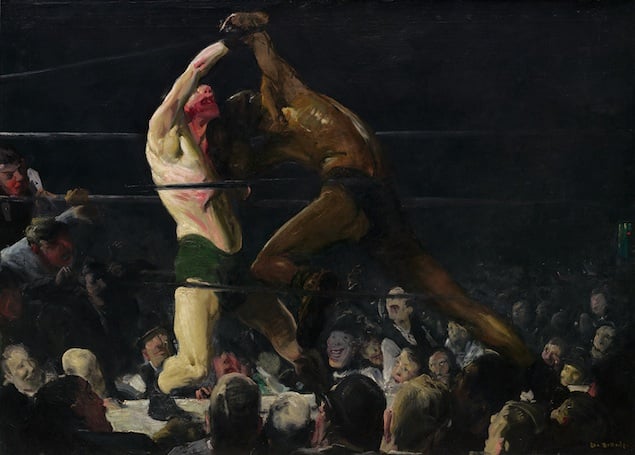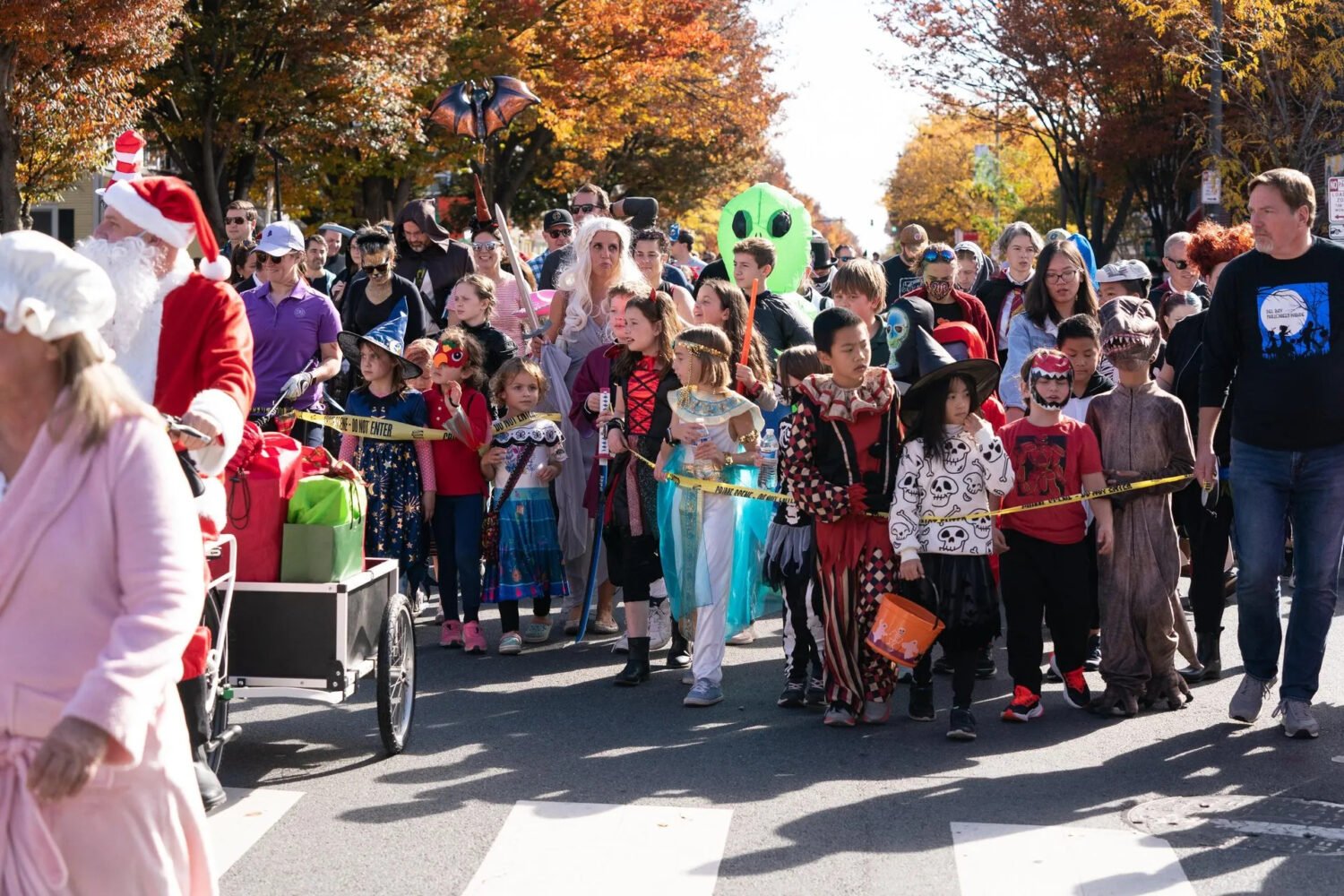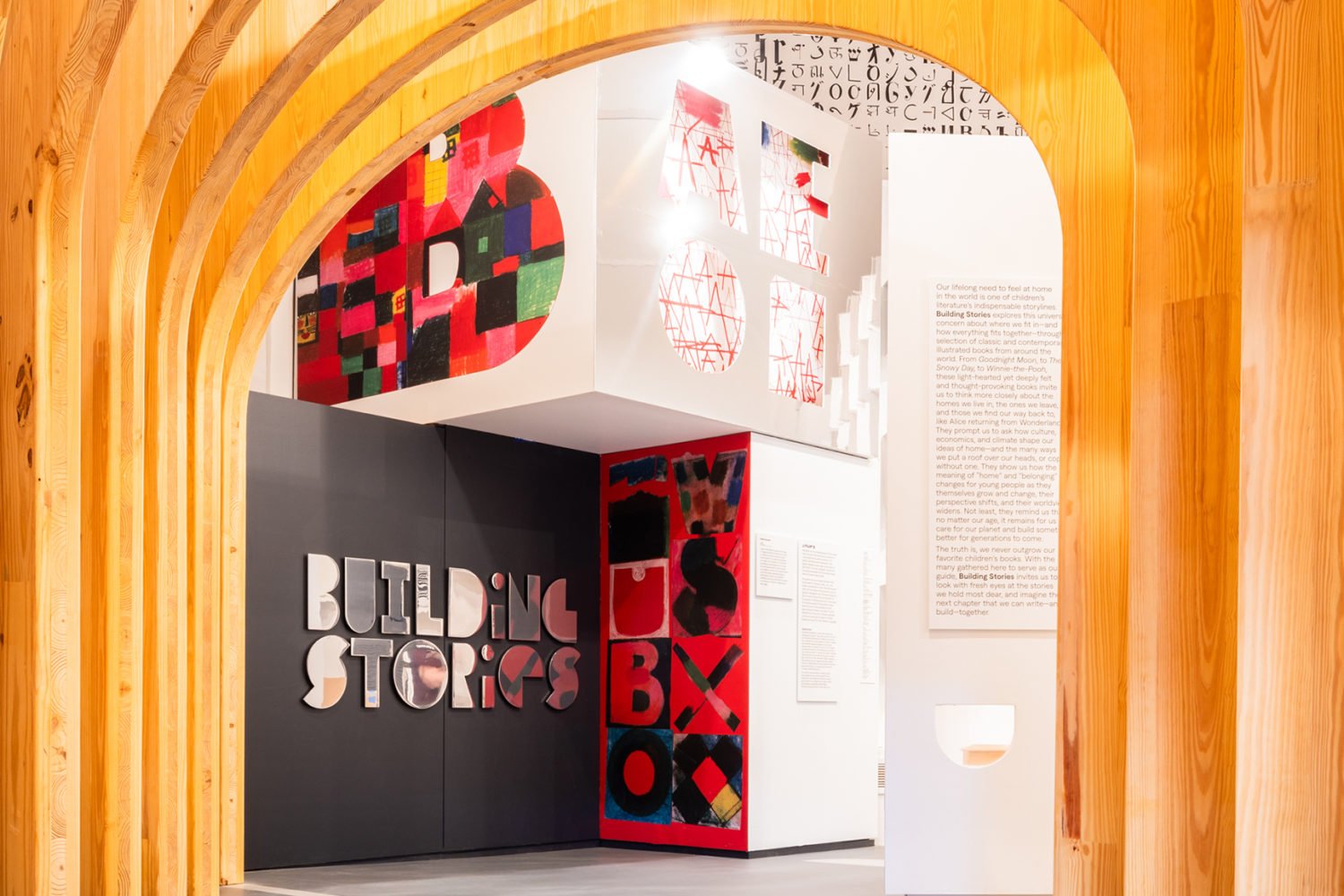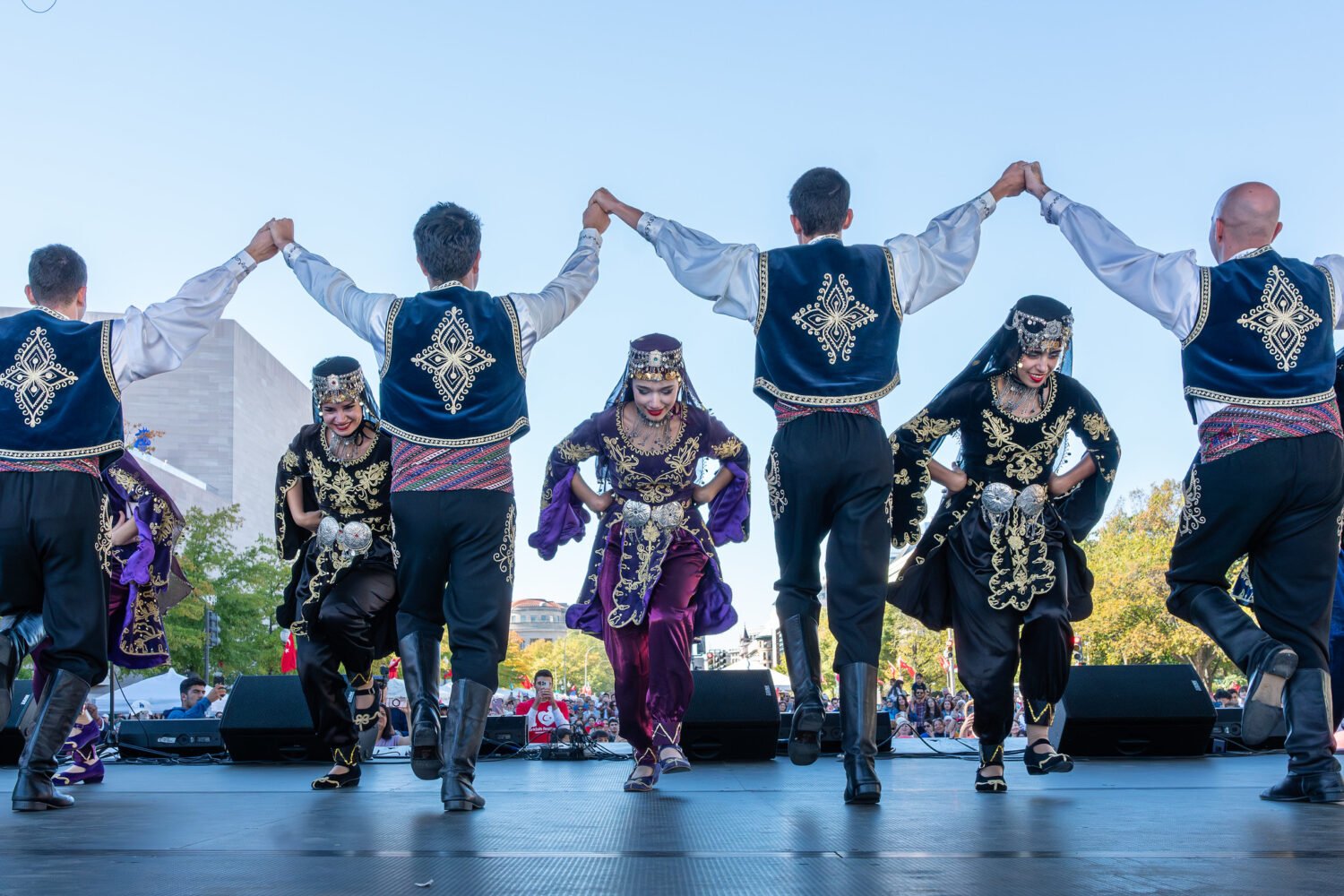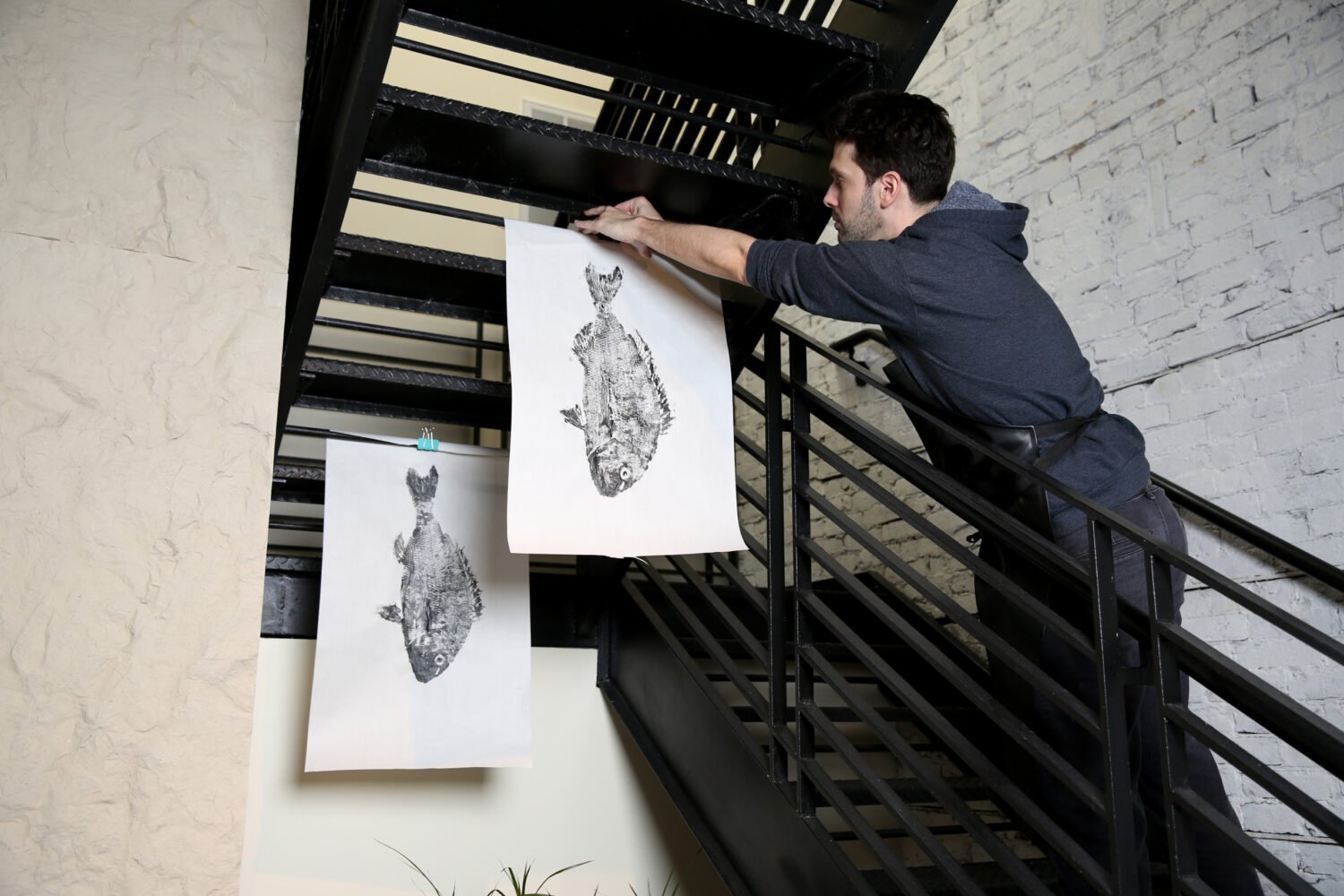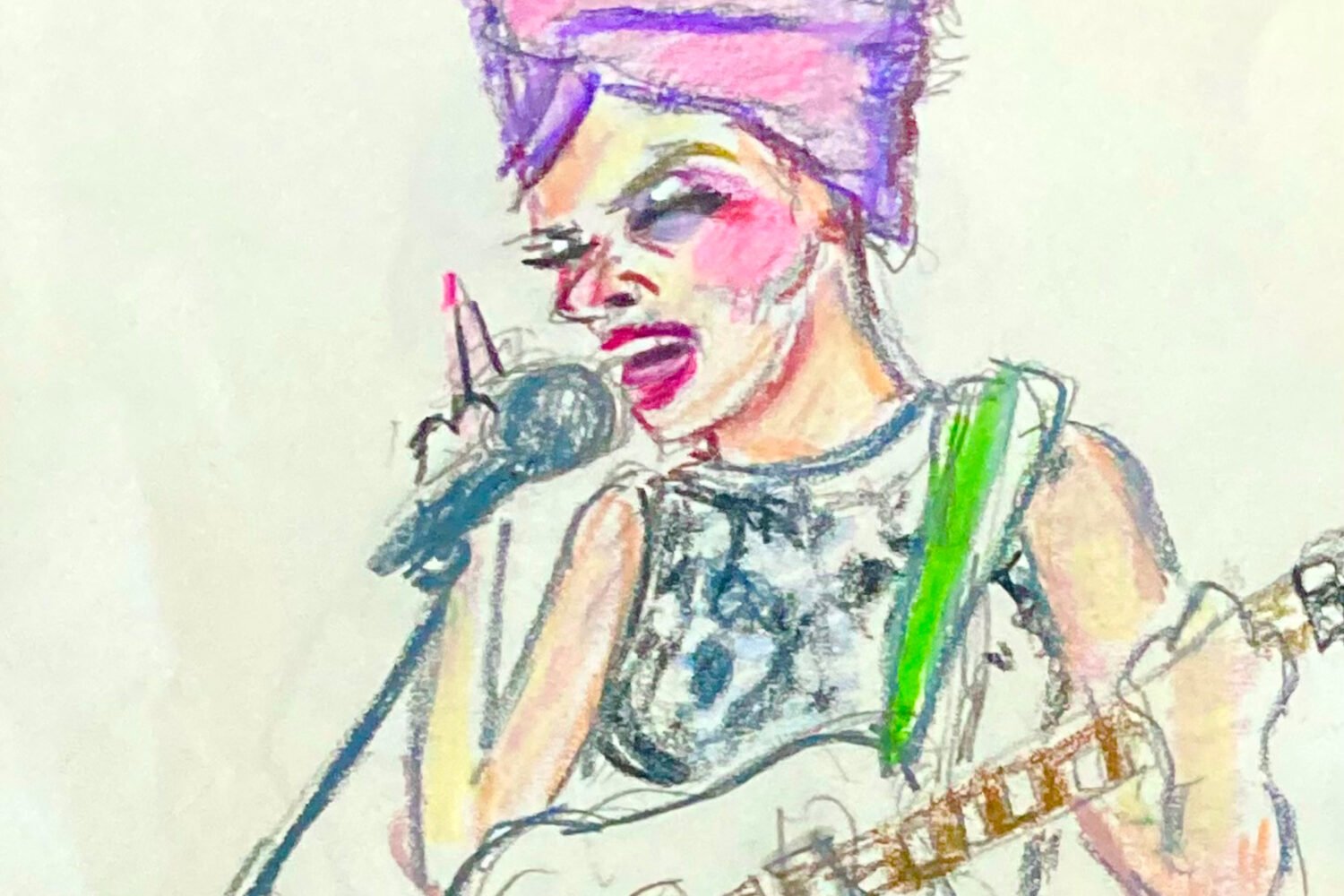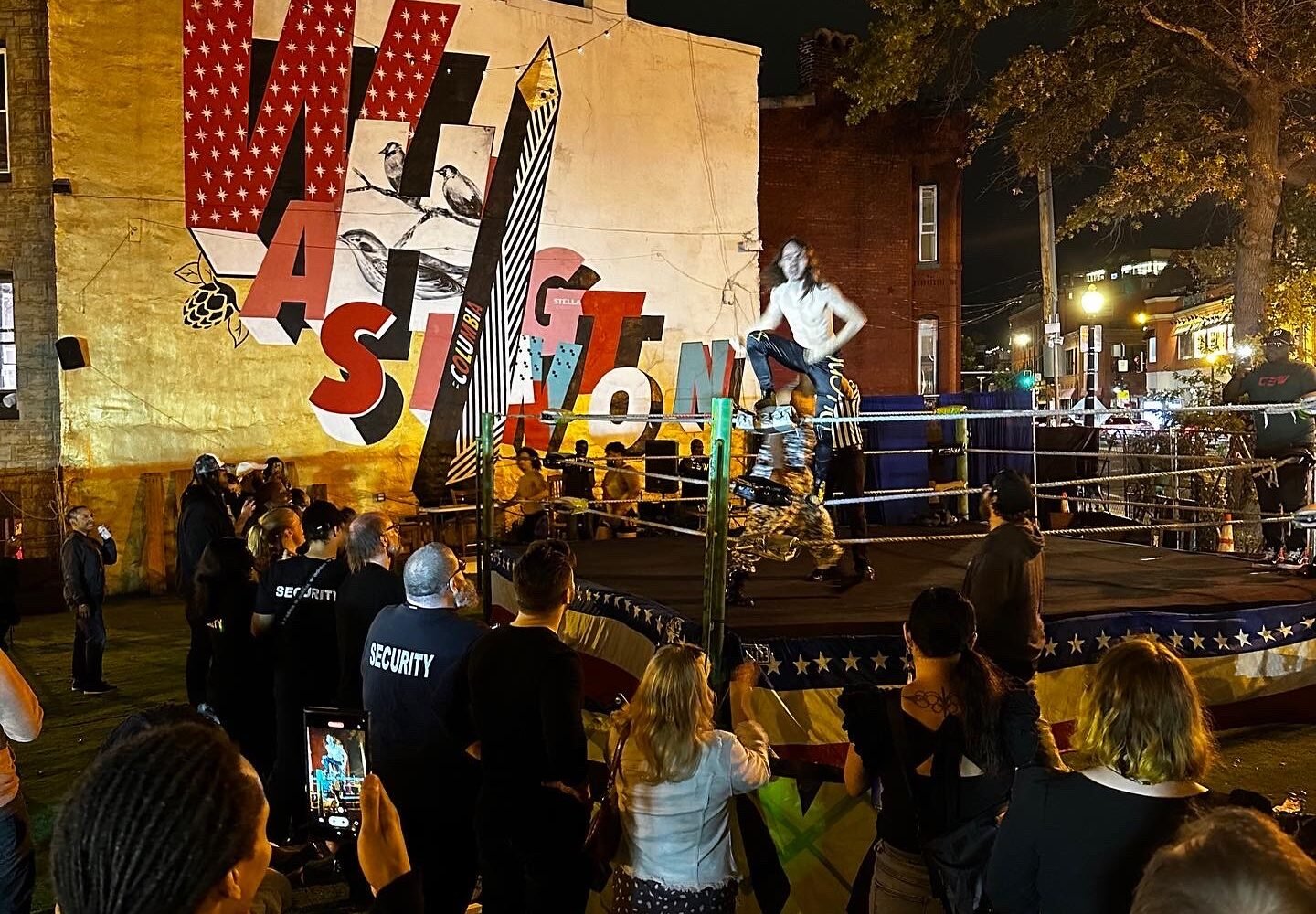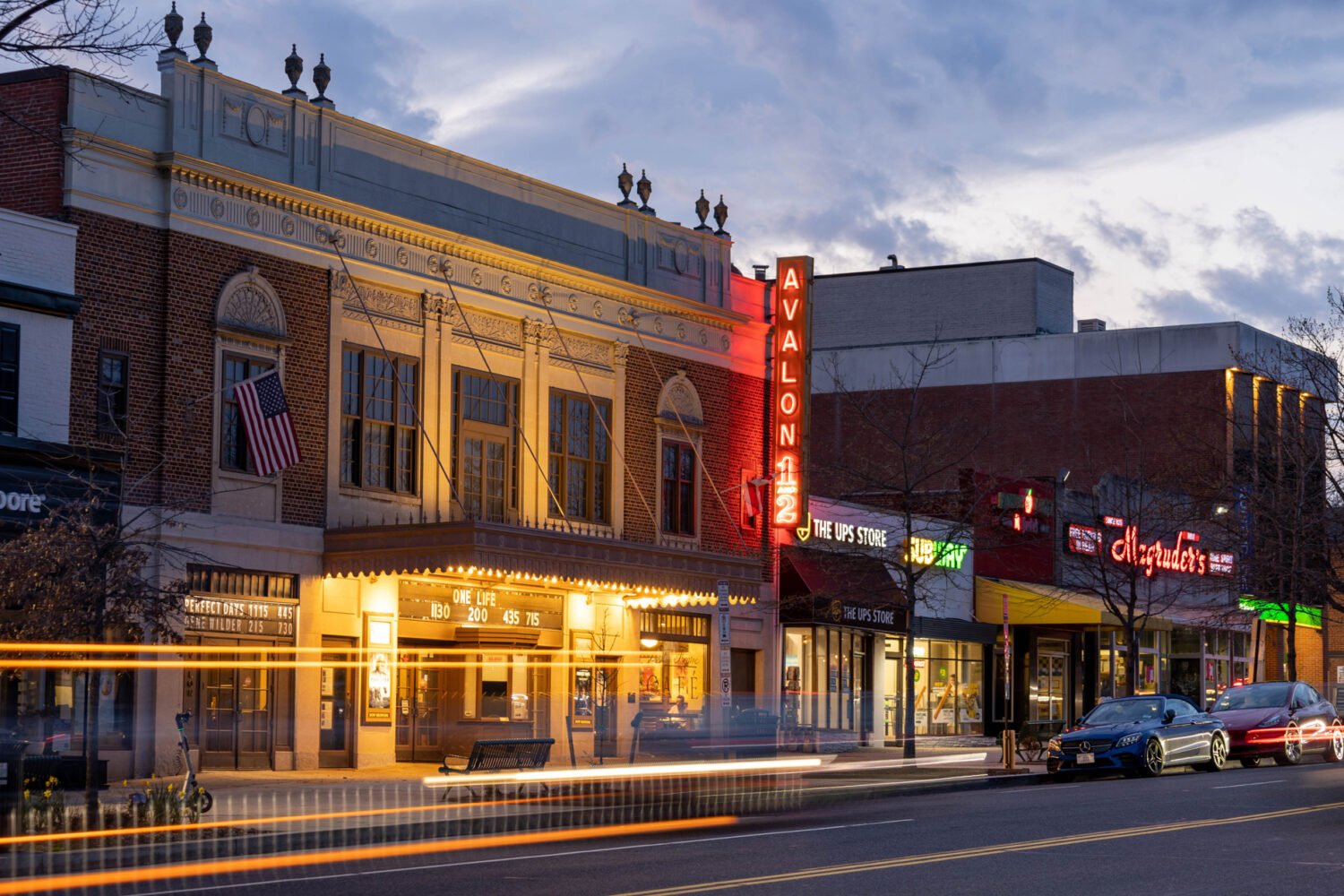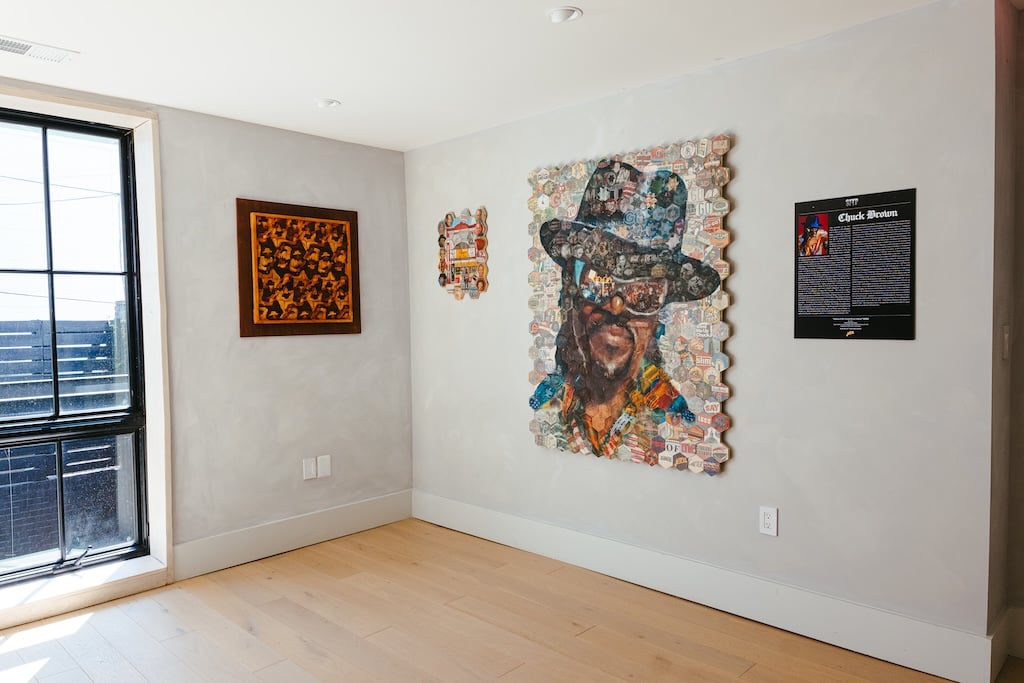In 1925, the year George Bellows died at the age of 42, New
York overtook London as the biggest city in the world, with nearly 8 million residents. Nowhere is the scrappy, ugly,
crowded nature of the city more real, or more visceral, than in
Bellows’s tenement paintings, which capture the illegal boxing bouts, the street fights, the mob scenes, and the cheerful
prostitutes of the city during the early 20th century.
The tenement paintings are on display in “George Bellows,” the National Gallery’s vast retrospective of the artist’s work,
but they’re almost overshadowed by the astonishing breadth of the rest of the show. Curator
Charles Brock and the NGA’s
Franklin Kelly have assembled more than 130
works displaying the enormous range of Bellows’s career, from his
extraordinary portrayals of
light in snow-filled landscapes to his Renoir-esque portraits.
But what the show also reveals, quite poignantly, is what a
loss Bellows’s death was to American art, tracing his evolution
from a talented and curious young sketch artist to a broadly
experimental visionary.
Situated on the second floor of the National Gallery’s West
Building, the show occupies almost ten rooms, each focused on
a single theme. Bellows’s early work takes up the first space,
exploring the paintings and drawings the artist made upon moving
to New York in 1904. His eye seems almost anthropological
rather than artistic; in “Election Night, Times Square” (1906) he
captures a broad swathe of the city in dark, frantic detail.
Hundreds upon hundreds of figures converge, pushing and jostling
for space, their faces barely determinate. Many are fighting
and screaming. In successive charcoal and pencil sketches, Bellows
continues to follow the poor and the downtrodden, from a gang
of fighting children to a pack of ravenous dogs.
And yet, as dismal as many of the scenes are, Bellows
finds glimpses of beauty among the poverty-stricken tenement dwellers.
His rendering of faces is curiously slapdash early on, leaving
them looking almost distorted, but in “Little Girl in White
(Queenie Burnett)” (1907), he paints a child laborer as if she
were a princess, her large, dark eyes staring over her shoulder
toward the artist. The setting is simple and stark—she wears a
dull white dress and stands in front of a black wall—but her
posture and composure make her seem almost regal. Penn Station,
painted as it was being excavated in 1909, takes on an ethereal,
dreamlike quality in “Blue Morning” (1909), with glittering gold light and cerulean tones that suggest the Mediterranean rather than Manhattan.
This show, which will head first to the Metropolitan
Museum of Art in New York and then to the Royal Academy of Arts in
London, has two notable works that won’t travel: the
aforementioned “Blue Morning” and “Both Members of this Club” (1909),
a vivid portrait of a boxing match. Bellows captures the
fighters’ bodies in excruciating detail, from the red streaks on
one’s chest to the sinewy muscles in their arms; but the faces
of the braying audience members are again distorted and vague,
the garish grin of one viewer staring out from underneath the
ring. The energy is indefinable, but the boxers have a grace
and stillness that makes them seem almost godlike, frozen in
time.
The great irony of Bellows’s work is that as well
known as he is for his scenes of city life, almost half of the paintings
he made during his short career were seascapes. “Shore House”
(1911) is deeply reminiscent of Bellows’ friend and contemporary
Edward Hopper, depicting an isolated white house situated
adjacent to the ocean. A telegraph pole stands, crosslike, next
to the small building, which dominates the painting, even
though it’s a relatively minor presence amid the towering sea and
sky. “The Big Dory” (1913) is also Hopper-esque, showing a
group of fishermen pulling a boat into the water under a pile of
rounded, heavy clouds.
It’s clear from Bellows’s diverse, changing body of
work that he lived during a period of great change, both socially and
artistically. His paintings vary from sharply modern and
shocking in nature to classically arranged and meticulously drawn
(his portraits from 1914 to 1923 are particularly exquisite,
featuring women with soft, wistful faces dressed in ornate fabrics).
In many ways, the show is so broad that it almost suggests
Bellows hadn’t yet found his style when he died, that his efforts
to capture everything from snowscapes to ladies wearing tulle
to tenement kids wearing nothing at all left us without a signature
body of work to draw from. The fact that he died unexpectedly
while barely into his forties meant his early works would become
as important a part of his legacy as his masterpieces. But as
this show proves, it’s a hell of a legacy, nonetheless.
“George Bellows” is in the National Gallery of Art’s West Building through October 8. For more information, visit nga.gov.

